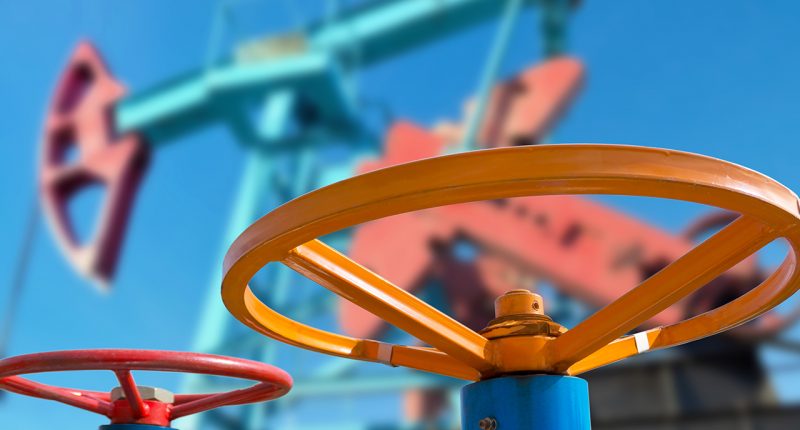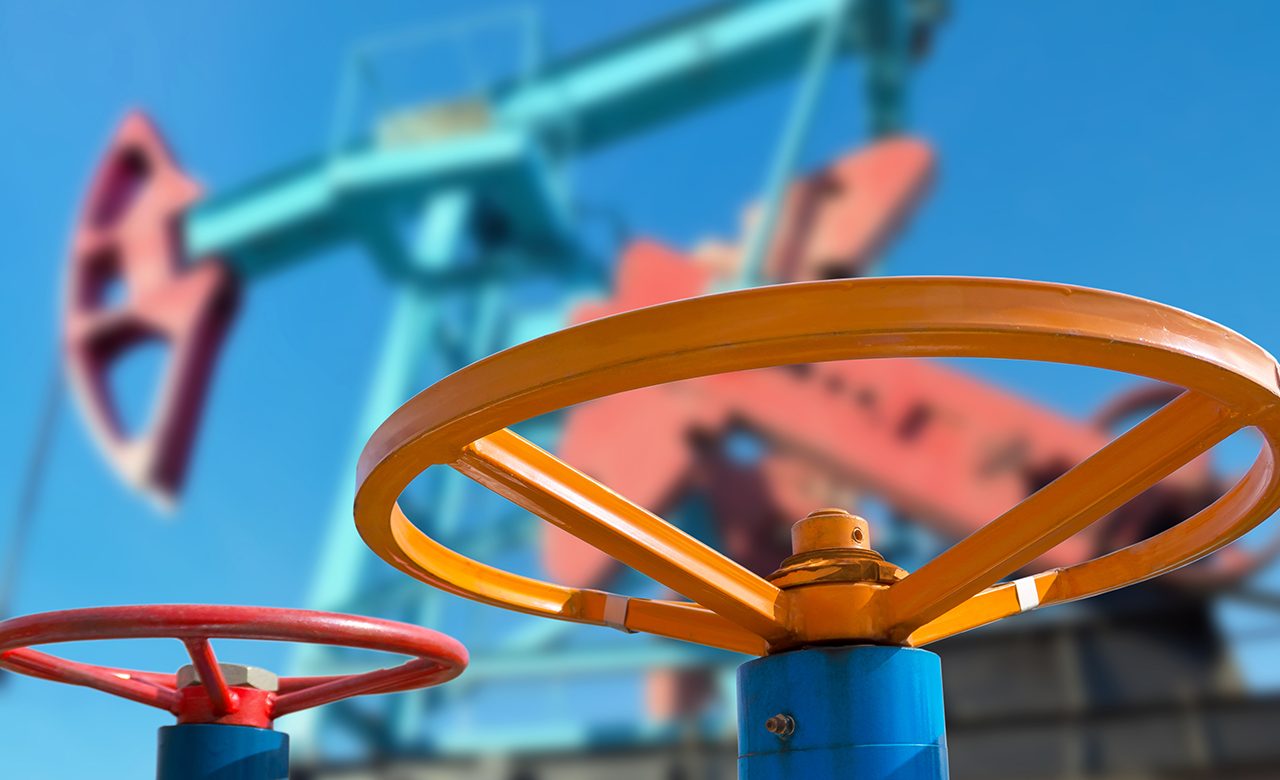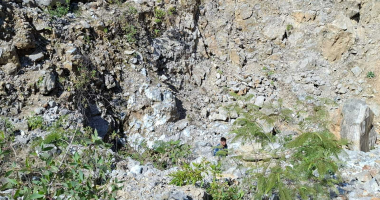- Noble Helium’s Mbelele-1 helium well has hit total depth of 400 metres
- The company has early-stage evidence the well will be successful with gas and helium-bearing geology hit
- Noble geotechs perceive the gas sits in permeable sandstone reservoirs
- Shares last traded at 21.5 cents
Noble Helium’s (ASX:NHE) Mbelele-1 helium well in Tanzania has reached a terminal depth of 400 metres.
The company’s North Rukwa helium project Noble expects to develop into a world-class natural helium province.
Tanzania is an East African country with a comparatively pro-US stance. Its recently appointed President Samia Suhulu Hassan met with US VP Kamala Harris in March this year.
Perhaps for this reason, Noble helium has stood out as one of the more promising exploratory helium plays.
This reputation comes even in a continental jurisdiction not particularly revered for stability.
Noble Helium world-class province
Noble Helium now turns its attention to downhole studies to develop the best possible geological understanding of the Mbelele-1 geology before moving ahead to full extraction.
“The continued helium shows at multiple levels in Mbelele-1 are very encouraging and in line with our interpretation of the exploration and seismic data that this is an active helium-producing system,” Noble CEO Justyn Wood said.
“[This] continues to support the company’s well-researched thesis that the North Rukwa rift basin has the potential to emerge as a new globally significant primary helium province.”
Commodity shortage as a boon
The company first hit the market’s radar through the 2021-2022 helium shortage.
At one point last year, American novelty and birthday party supplies store Dollar Tree reported that it had to stop selling floating balloons.
But helium has more sober applications for the economy – MRI machines, one of the most complicated devices on earth that allow a country to boast world-class healthcare, depend on liquid helium to stay cool.
One MRI machine needs about 2000L of the liquefied gas.
What caused the shortage?
That shortage was driven by an outage at a Russian helium plant in the nation’s north, and, a planned maintenance shutdown at a major US facility.
As of mid-2023, that situation hasn’t particularly improved.
While helium can be synthesised artificially, it occurs naturally in underground reservoirs and is often coincident with gas.
As a result, most supply comes from mining operations.
Further ratcheting up uncertainty is the fact the US Government is selling the once state-owned Federal Helium System.
Whether or not the private sector can maximize supply better than the government probably depends on who buys it – something we don’t know yet.
NHE shares last traded at 21.5 cents.







